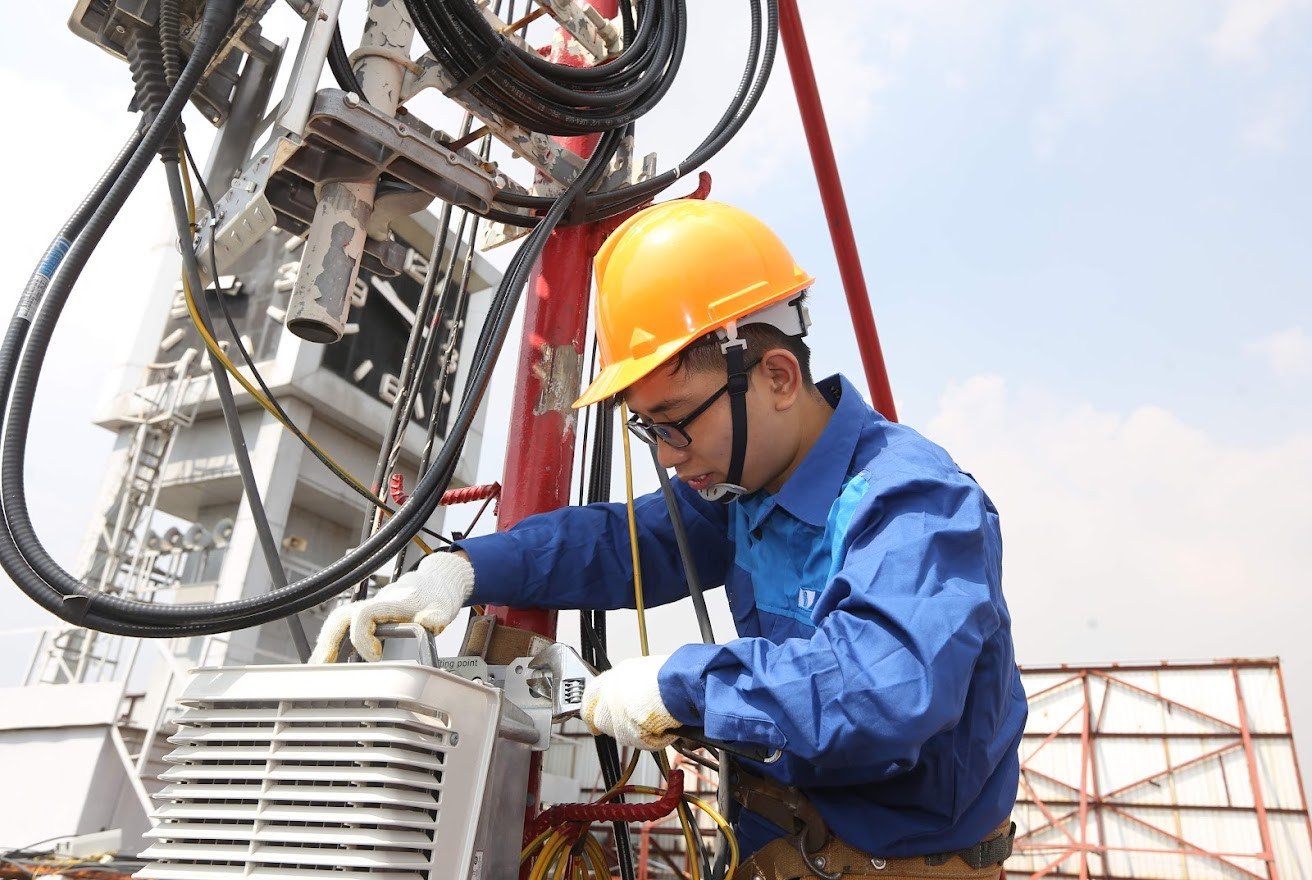
As predicted by VietNamNet , in addition to the mobile network operators currently providing services, other businesses did not participate in the 4G and 5G frequency auction, even though all businesses, if qualified, can participate in the frequency auction. Thus, the mobile market has not seen any new players participating in using 4G and 5G technology.
A representative of the Department of Telecommunications (Ministry of Information and Communications) confirmed that four network operators will participate in the auction of 4G and 5G frequencies, namely Viettel, VNPT, MobiFone and Vietnamobile. These four network operators are qualified to participate in the auction to receive licenses to provide telecommunications services.
After passing this round of document review, the network operators will officially participate in the auction to obtain 3 frequency licenses to provide 4G and 5G services. The frequency blocks A1 (2300 – 2330 Mhz), A2 (2330 – 2360 Mhz), A3 (2360 – 2390 Mhz) have a starting price of 5,798 billion VND and a term of use of 15 years.
Within 15 days from the date of receipt of the auction minutes, the Minister of Information and Communications shall issue a decision approving the auction results and publicly announce them on the Electronic Information Portal of the Ministry of Information and Communications.
Thus, only 3 network operators will be licensed for the 2300-2400 MHz frequency. Up to this point, how much each network operator will pay to auction the frequency remains a secret.
In terms of the most urgent need, Vietnamobile is in dire need of new bandwidth to provide services to customers, because they are the network operator with the least bandwidth resources. In the previous 3G bandwidth selection round, this network operator had a joint venture with EVN Telecom to receive a 3G bandwidth license. After EVN Telecom “transferred” to Viettel, Vietnamobile only had half of the bandwidth left. Without 4G and 5G bandwidth, it also means that this network operator will not have many opportunities to compete in providing mobile broadband services to customers in the future.
However, having to spend at least nearly 400 billion each year to have bandwidth, not to mention investing in expanding coverage and 4G and 5G equipment, this is a brain-wrenching problem for Hutchison investors. Investing in small amounts right from when the Vietnamese mobile market was still fertile land has put Hutchison in a "dilemma" in the Vietnamese market, even though they are considered to have the best management system and cost optimization.
For Viettel, VNPT and MobiFone, they will need this band to improve service quality, especially 4G service. However, the starting price of 5,798 billion VND is also a large investment for these networks.
Previously, the Ministry of Information and Communications granted licenses to telecommunications enterprises to test 5G in 40 provinces and centrally-run cities. In 2022, the Ministry of Information and Communications encourages enterprises to continue testing 5G applications, assessing market demand and technical solutions to build the most effective business plan when officially licensed.
According to international telecommunications equipment suppliers, 5G will be a digital infrastructure that will almost replace physical infrastructure in building platforms and connecting future societies. This digital infrastructure creates connections not only between people but also between people and machines, between machines and machines. These are the foundations for automation as well as the transformation between industries.
However, international telecommunications experts believe that for Vietnam, 4G is still important and will last for a while. Continuing to invest in 4G is also very important, because in the next few years 4G will still be the popular network. However, 5G will be deployed in hot spots, industrial zones, large cities and then can develop rapidly from 2025. By 2030, 5G is expected to bring Vietnamese operators a revenue of 1.5 billion USD.
Source


![[Photo] "Beauties" participate in the parade rehearsal at Bien Hoa airport](https://vstatic.vietnam.vn/vietnam/resource/IMAGE/2025/4/11/155502af3384431e918de0e2e585d13a)




![[Photo] Looking back at the impressive moments of the Vietnamese rescue team in Myanmar](https://vstatic.vietnam.vn/vietnam/resource/IMAGE/2025/4/11/5623ca902a934e19b604c718265249d0)


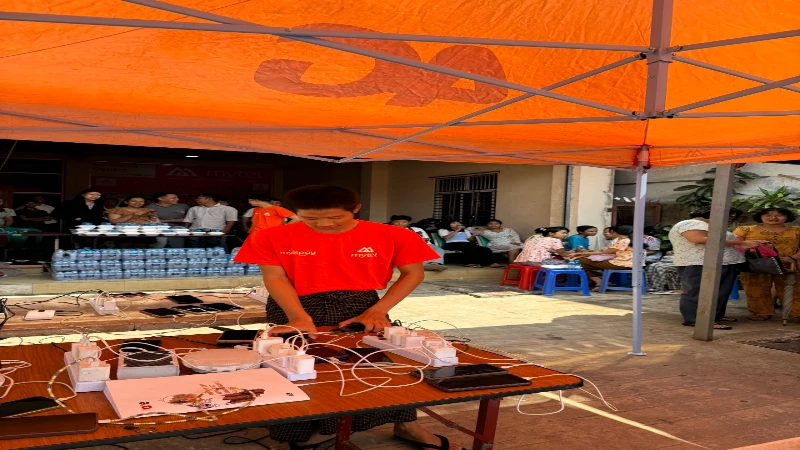


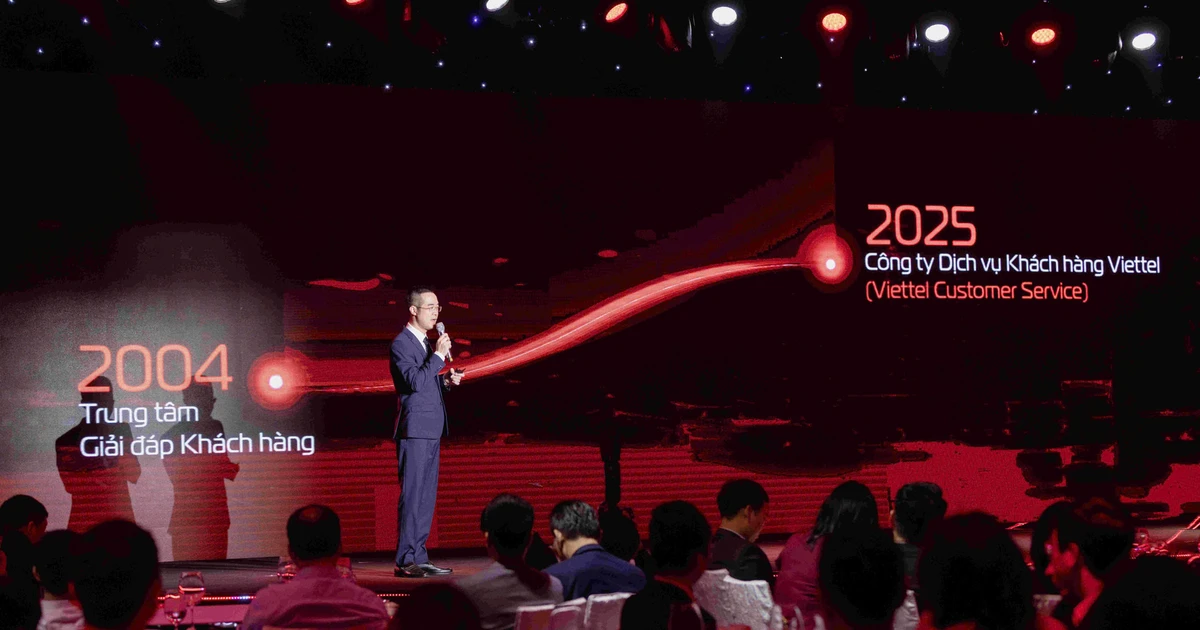
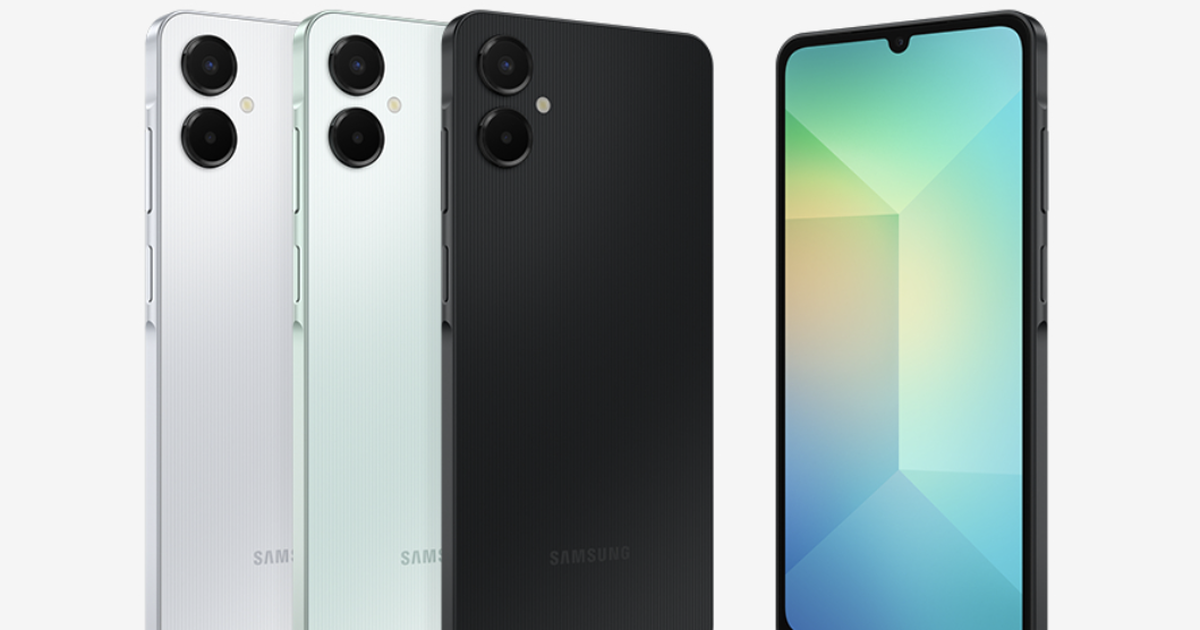

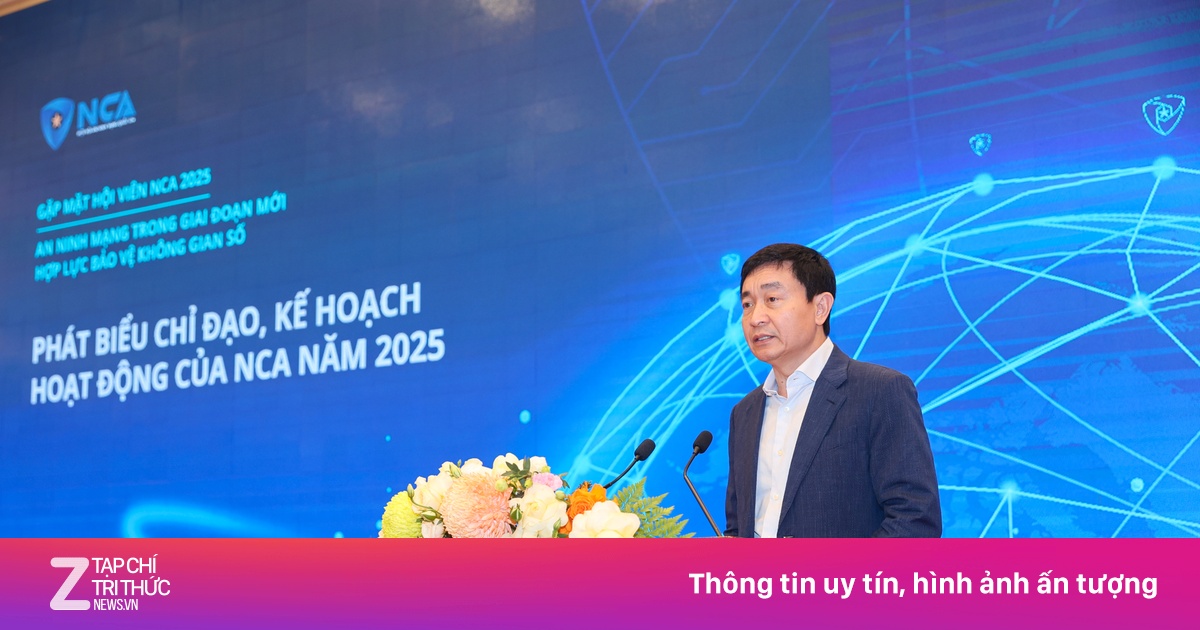
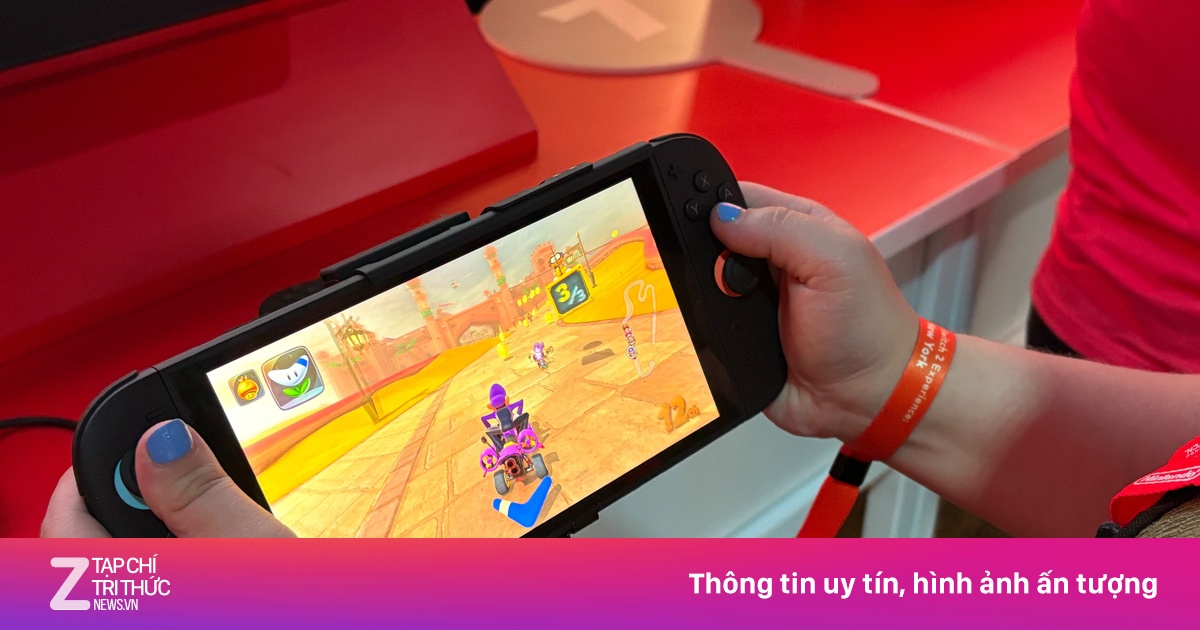
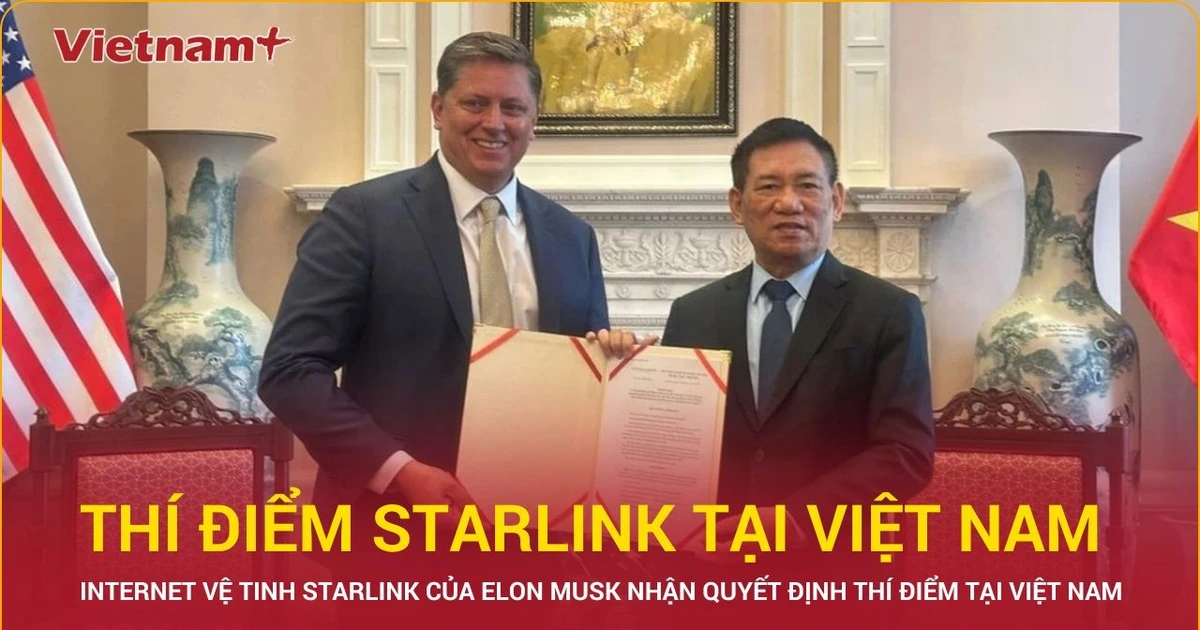
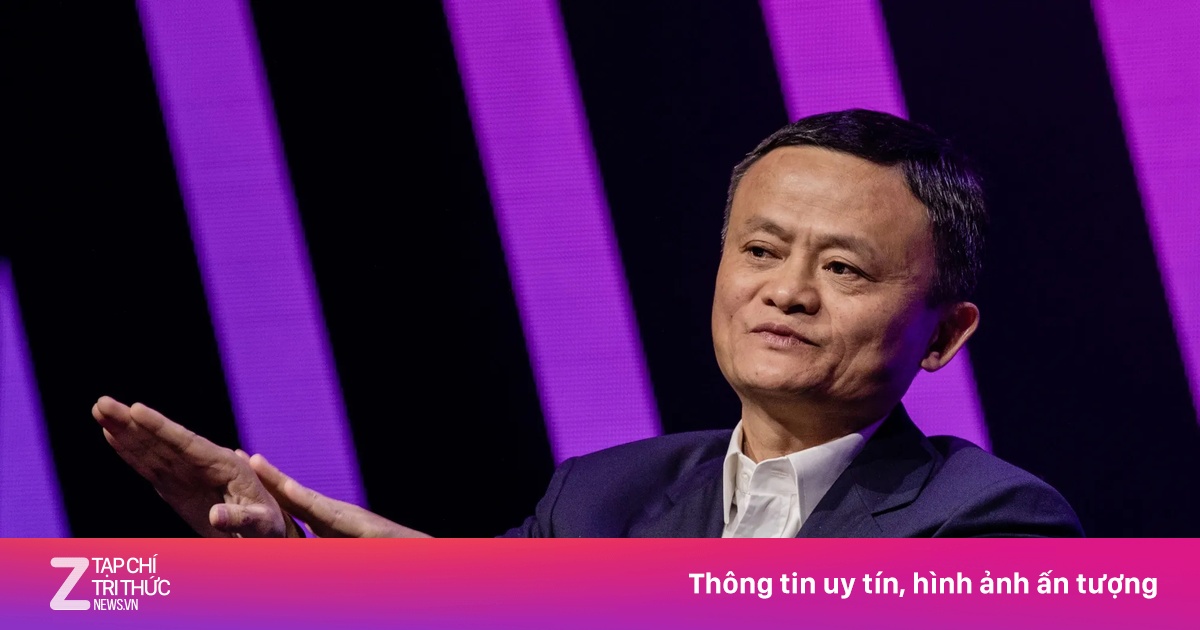
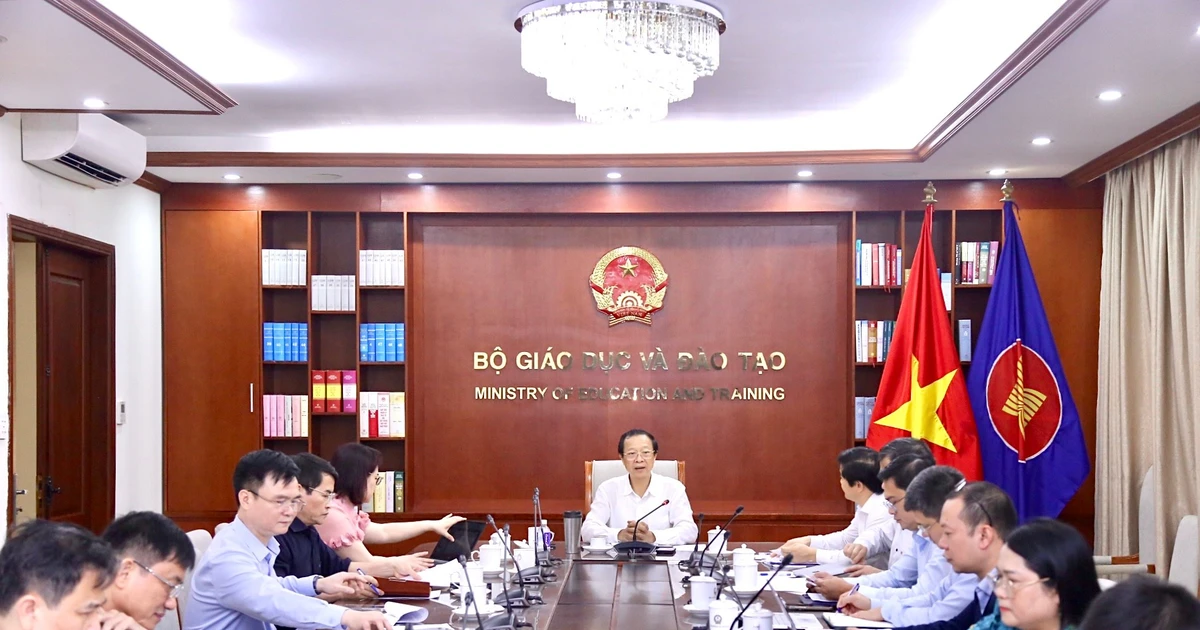
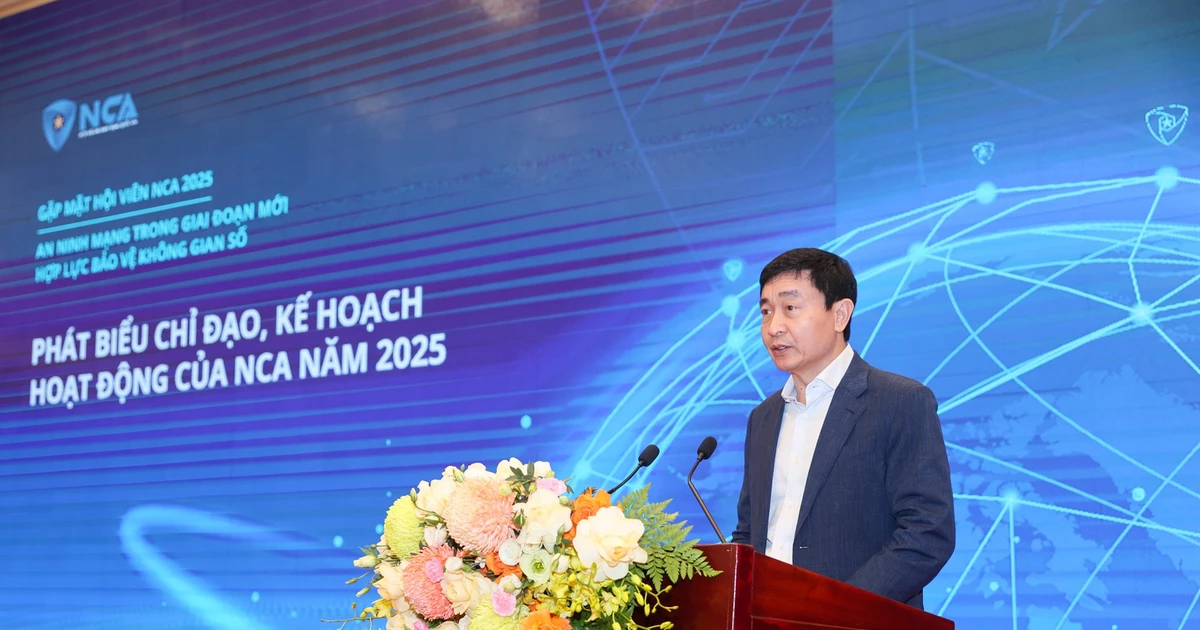



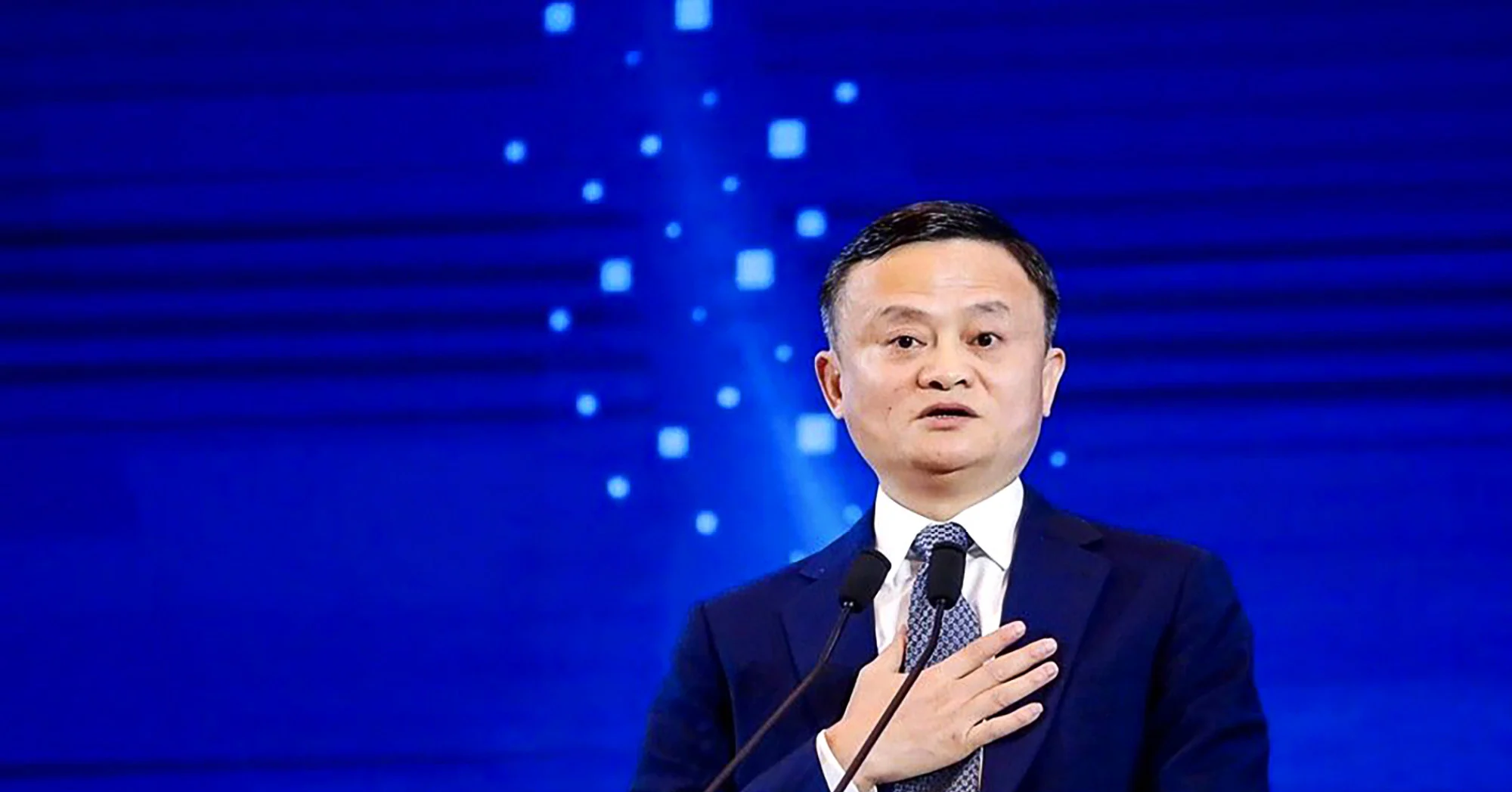


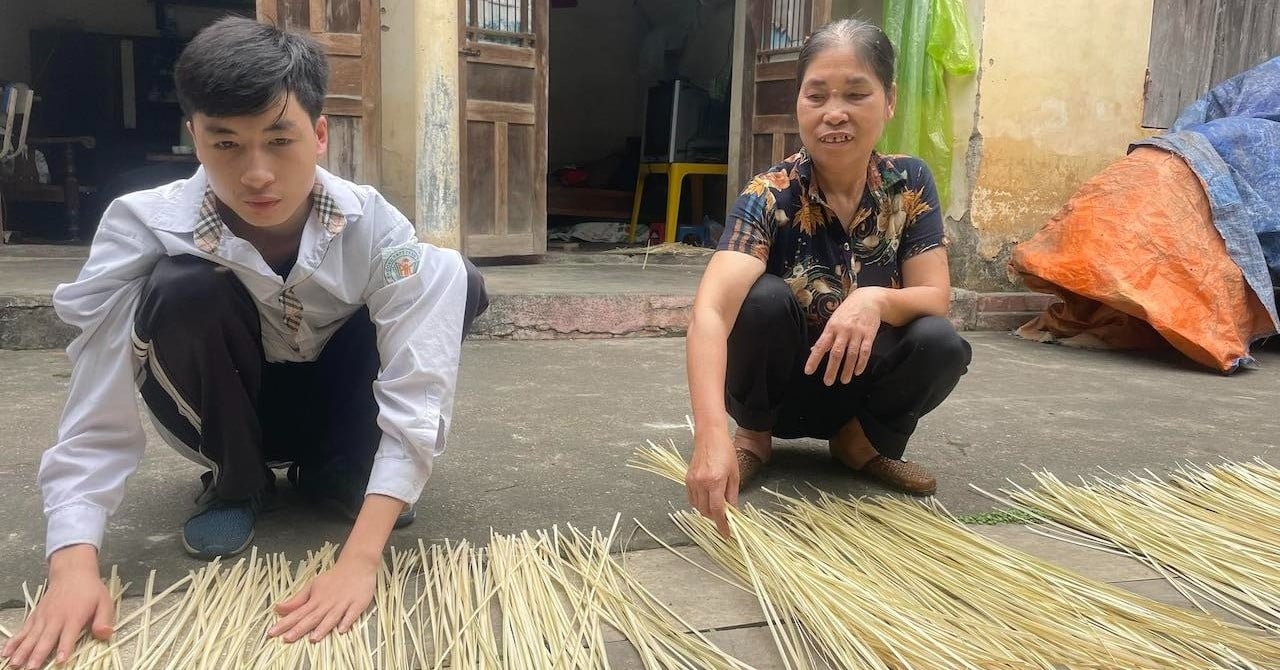


![[Photo] Summary of parade practice in preparation for the April 30th celebration](https://vstatic.vietnam.vn/vietnam/resource/IMAGE/2025/4/11/78cfee0f2cc045b387ff1a4362b5950f)






































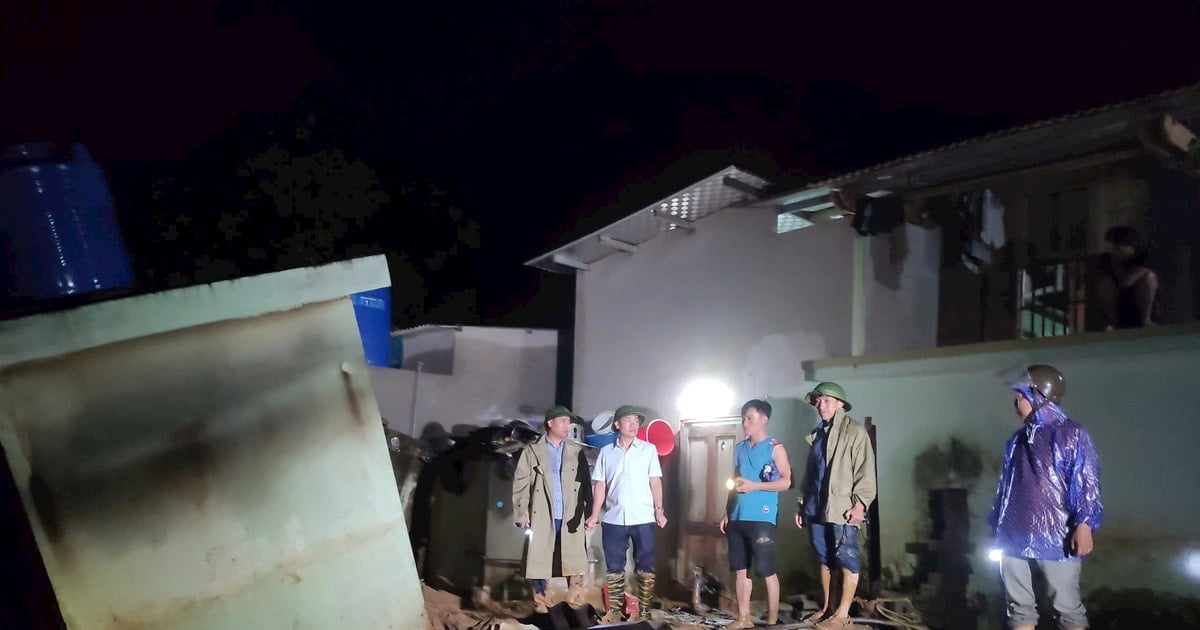

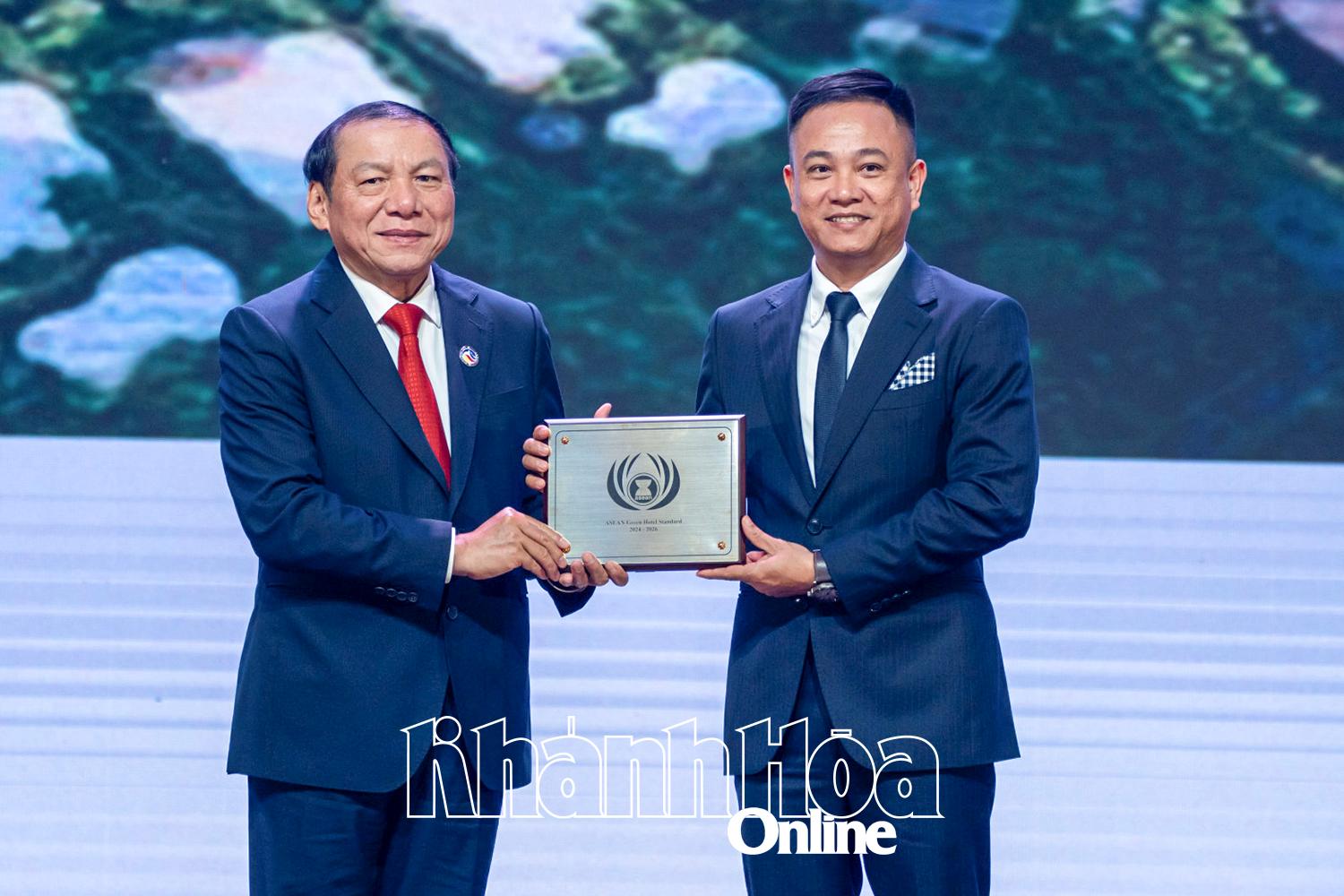

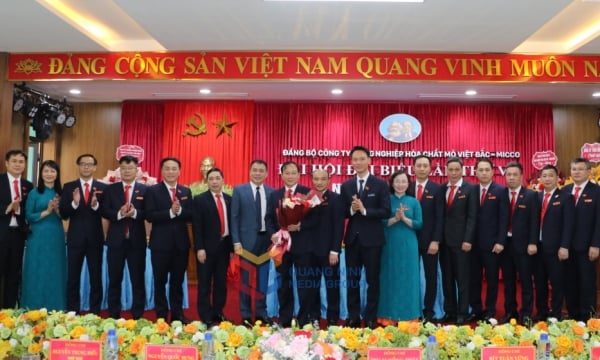
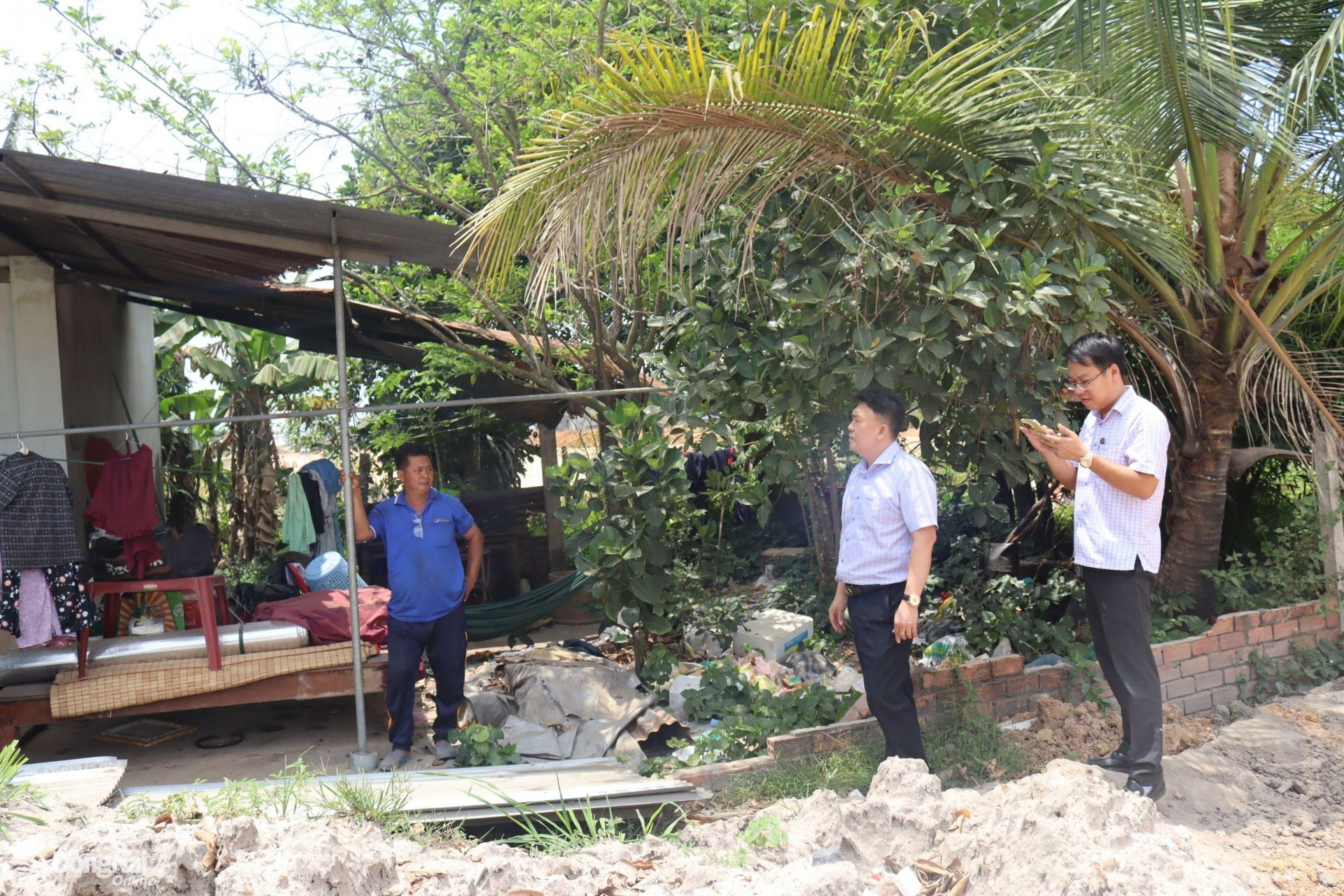















Comment (0)